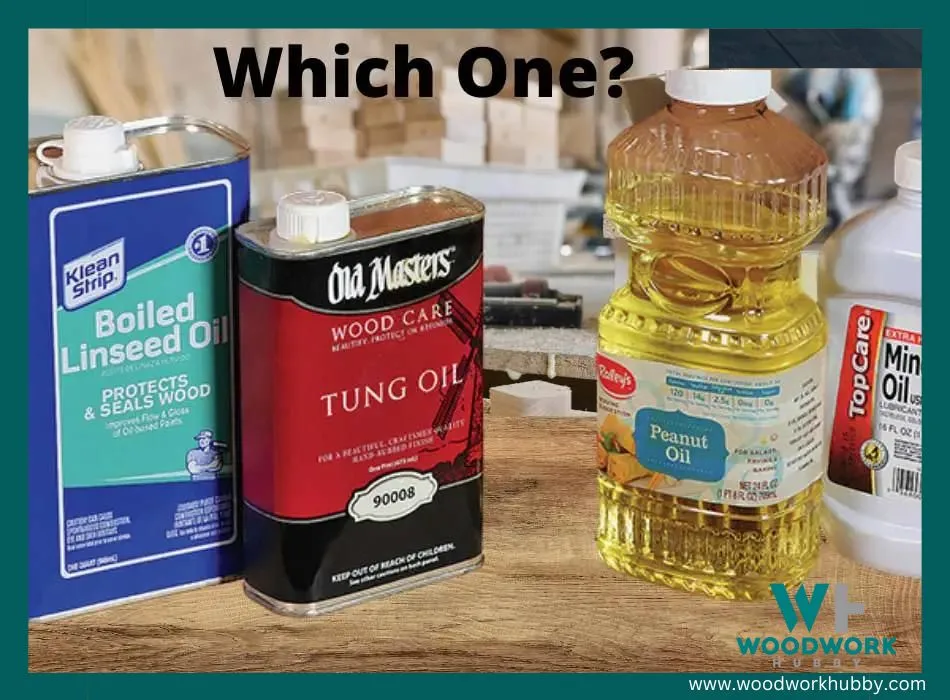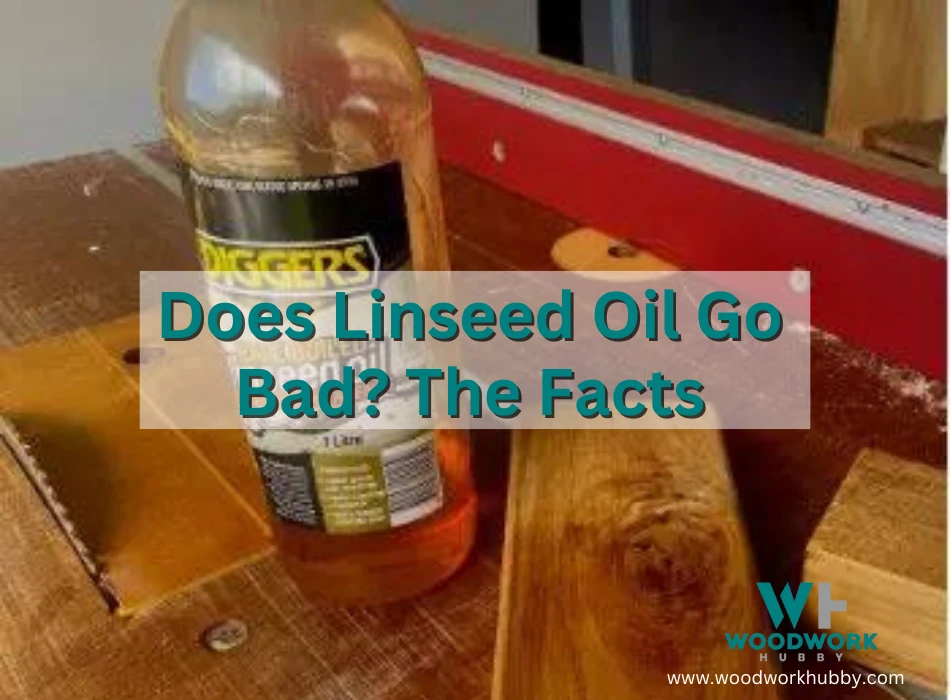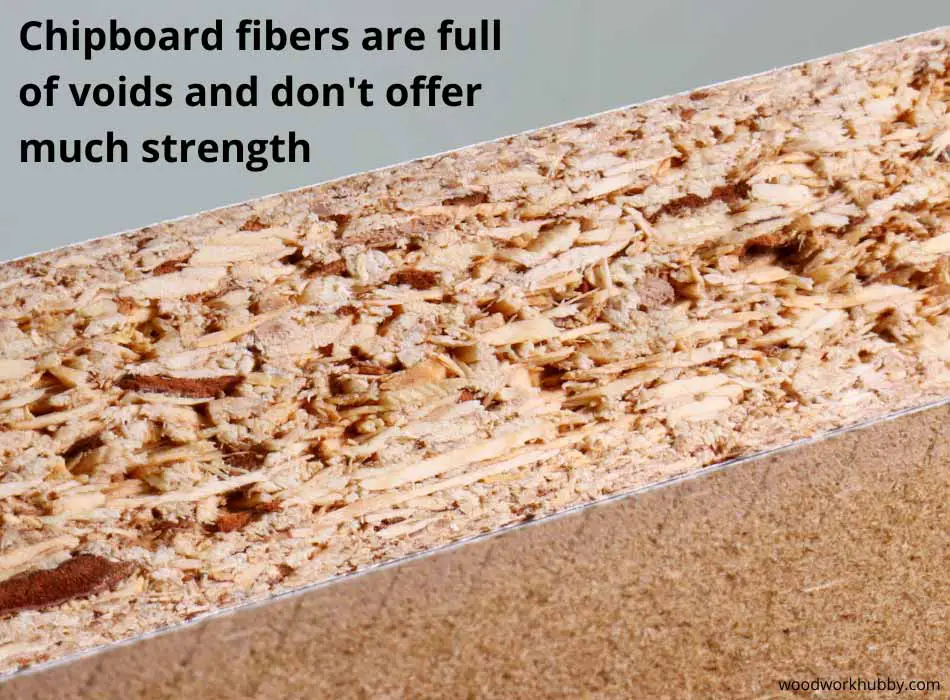Welcome to our blog
We’re thrilled to have you here and can’t wait to share our journey with you.
This space is dedicated to exploring a myriad of topics, offering insights, and sparking conversations. Whether you’re here for inspiration, information, or just a good read, we’re committed to providing you with content that resonates.
-

Does Linseed Oil Smell? We Tested It
As I’ve written elsewhere, Linseed oil is one of my favorite dry finishes. The first time around, I had my doubts about its strength and applicability, but my biggest concern was its smell. Upon opening the bottle of linseed oil, you can detect a non-neutral smell. And this might make you wonder if the smell
-

Sticky Linseed Oil Not Drying – Here Is Why
I remember the first time I used linseed oil. The tabletop was covered and looked beautiful right away, and the oil hadn’t even dried yet. Then a few days passed, and the oil remained wet and sticky. After a week of waiting and finding the oil still sticky and wet, I decided to find a
-

My Tried And Tested Alternatives To Linseed Oil
I don’t like to rely too much on a single tool or resource. Over the past few months, I found myself being too dependent on Linseed oil. Last week, I tried multiple alternatives and possible choices that could replace linseed oil. You’ll be interested in knowing the surprising results I found. Pure tung oil is
-

Epoxy Over Linseed Oil? Does It Work?
Linseed oil provides a great non-toxic way of finishing wood in a semi-permanent coat that increases water resistance and durability of wood by soaking it at depth. However, the coat can wear out after a while and is by no means 100% waterproof. The first time I used linseed oil over a project, I had
-

Does Linseed Oil Go Bad? The Facts
Linseed oil is one thing in my workshop that I don’t even remember buying. I bought a few bottles in bulk and have managed to open only one. I was going to open another one because I assumed the one I opened half a year ago would have gone bad. To my surprise, it hadn’t!
-

Can You Use Pocket Holes In Chipboard And Particleboard
Chipboard is the weakest among panels made from fiber, and pocket hole joinery is among the weakest type of joinery in woodworking. This made me wonder how strong the combination of the two would so, so I decided to test whether the joints would last in chipboard. What I found was quite surprising. Pocket holes
